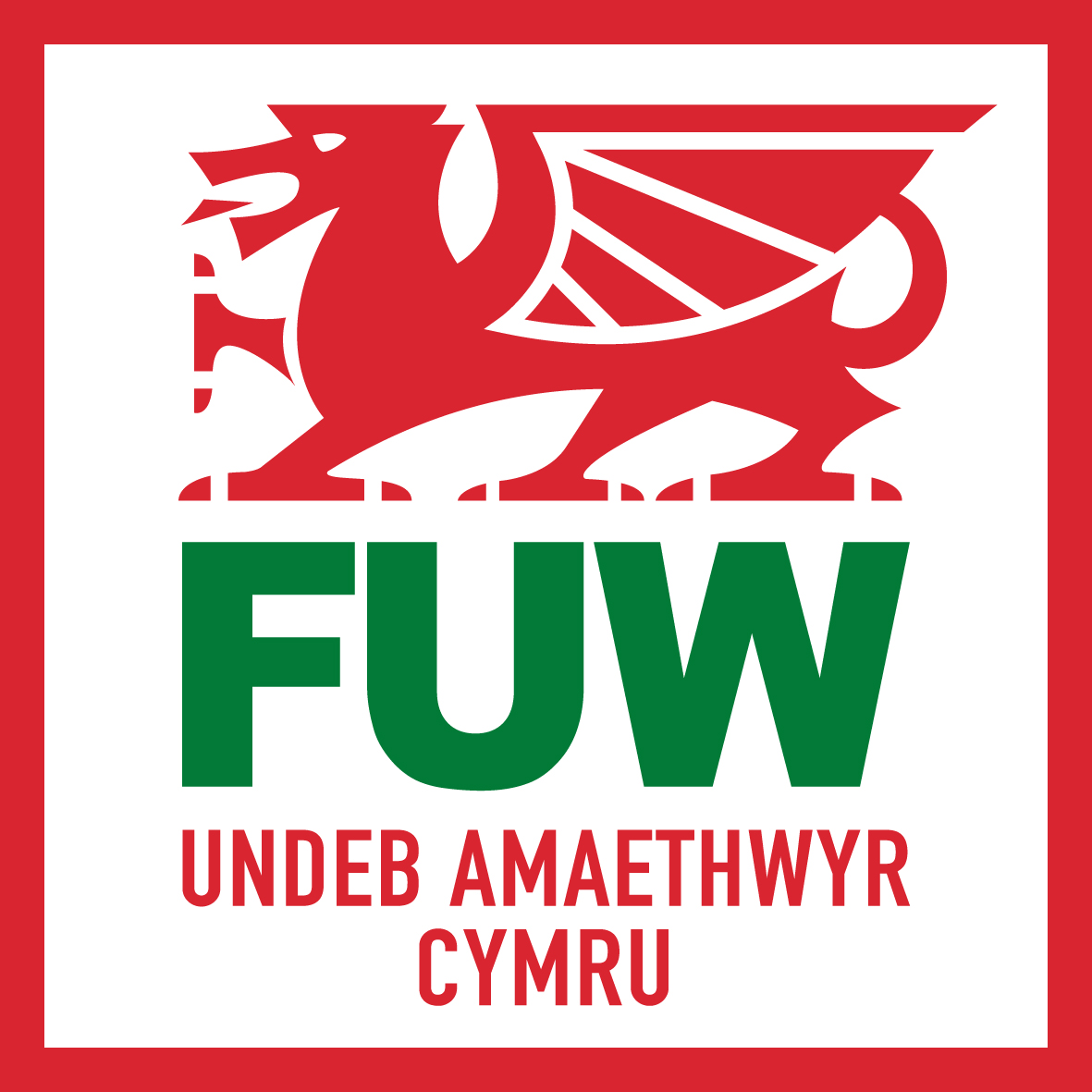The Farmers' Union of Wales has launched a ready reckoner application on its website - www.fuw.org.uk - which allows Welsh farmers to calculate what their future direct payments could look like under two different flat-rate payment models.
FUW director of agricultural policy Nick Fenwick said today: "There is a huge amount of uncertainty regarding what payments will actually look like in Wales in the future but we do know that from 2014 we will be moving towards a flat rate payment system where every farmer in a region is likely to get the same payment per hectare."
Dr Fenwick said one of the critical questions would be how regions within Wales, and the payments per hectare in those regions, were defined.
"We currently have no way of knowing what model and payment rates we will end up with in Wales but this application at least gives an indication of what would happen in two possible scenarios."
The application allows farmers to input how much land they have and calculate what their payments could be after a transition period under two possible flat-rate payment models.
The first model assumes every farm in Wales would receive the same payment per hectare while the second is based upon differing payment rates for Severely Disadvantaged, Disadvantaged, non-LFA and common land.
The rates for the four different land categories are based upon Welsh averages.
Dr Fenwick warned that there was likely to be significant disruption and redistribution of funds irrespective of what final model was chosen.
"We know from the experience in England that an element of redistribution of funds is inevitable and that there will be big winners and losers.
"Our priority since we conducted our initial detailed analysis in 2009 has been to ensure we have as many facts as figures at our disposal so Wales can choose a model which minimises disruption for the industry.
"While this tool cannot predict actual future payments on farms, it can certainly give farmers an insight into what payments could look like after a transition to two different payment models."


